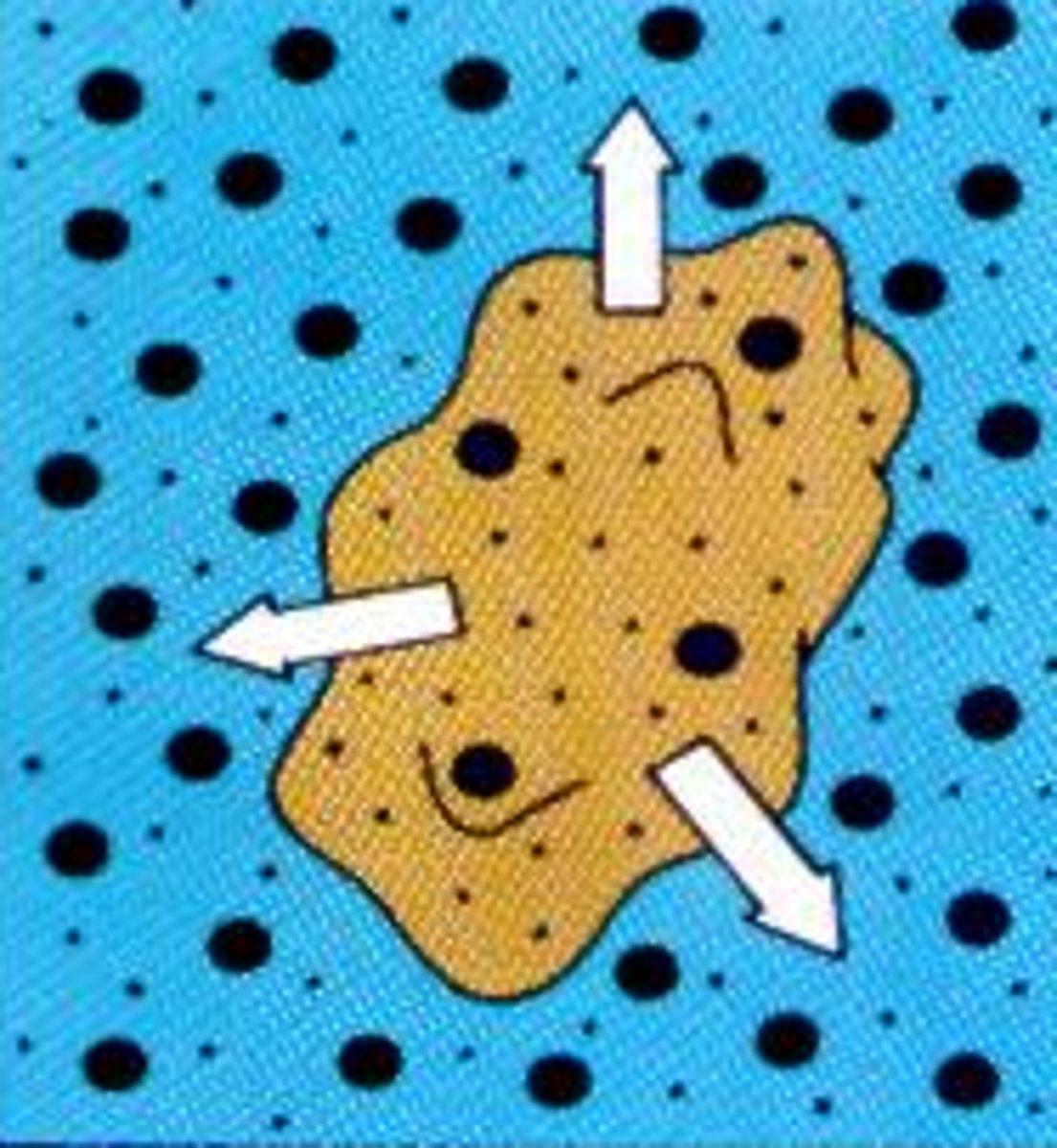Human Anatomy and Physiology 1 HOMEWORK 3
1/5
There's no tags or description
Looks like no tags are added yet.
Name | Mastery | Learn | Test | Matching | Spaced |
|---|
No study sessions yet.
6 Terms
Place a single word into each sentence to make it correct, then place each sentence into a logical paragraph order.
1. Osmosis is the net flow of water from one side of a SELECTIVELY permeable membrane to the other.
2. The normal movement of water across this membrane is from high to low WATER concentration
3. A high concentration of water has FEWER dissolved particles than a low water concentration
4. During osmosis, water will move DOWN its own concentration gradient until equilibrium has been reached.
Correctly identify the images in the diagram representing filtration.
TOP LEFT
- solute
- water
- capillary wall
- red blood cell
BOTTOM RIGHT
- clefts
Complete each statement by dragging a label into the appropriate blank. Then arrange the sentences in permeability beginning with the most permeable. Drag the text blocks below into their correct order.
ALREADY IN ORDER
1. Small, non-polar molecules, like OXYGEN, pass directly through the phospholipid bilayer.
2. Charged particles, like SODIUM IONS, can diffuse through the membrane if specific channel proteins are open.
3. Some large, polar molecules, like GLUCOSE, can cross the membrane via facilitated diffusion
4. Small, polar molecules, like WATER, can slip through small gaps in the phospholipid bilayer.
1. Physiological saline is a solution containing 0.9% NaCl. A cell in 1.5% NaCl is in a(n) _______
2. The movement of water by osmosis is always from a _______
1. Hypertonic
2. High to low water concentration
Click on the image below that best represents a red blood cell in hypertonic solution.

Match each condition to its effect on the diffusion rate by dragging each label into the appropriate box.
Increases Rate of Diffusion
- increased temperature
- decreased molecular weight
- increased membrane surface area
- increased membrane permeability
- decreased cell height, creating a flatter cell
- villi and microvilli in the intestinal epithelium
- increased synthesis of channel proteins
Decreases Rate of Diffusion
- decreased concentration gradient
- approaching diffusional equilibrium
- destruction of alveoli in the lungs due to emphysema